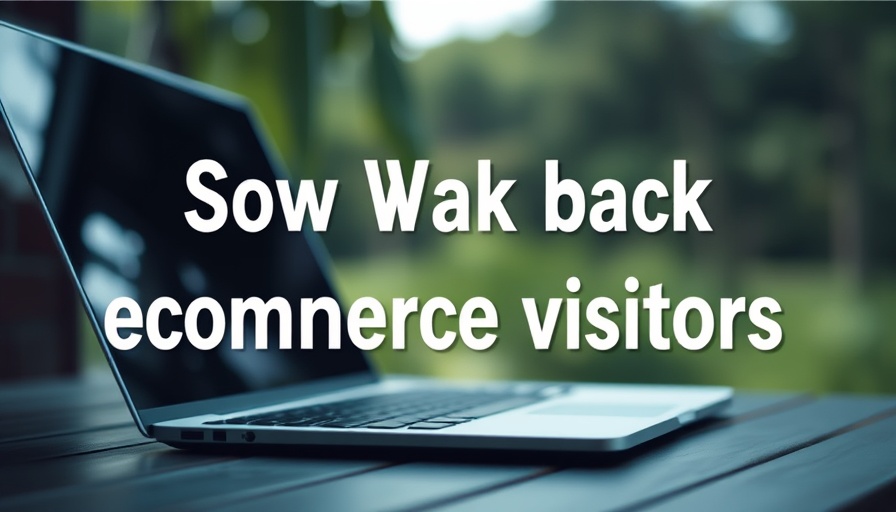
PayPal Expands Services for Global Audiences
In a recent move aimed at enhancing user experience for over 2 billion people globally, PayPal has announced its integration with international wallets, including prominent players from China and India. This transformative step is particularly significant for professionals and businesses looking to streamline cross-border payments amid the rising trend of global commerce.
Connecting Countries: The Potential of Cross-Border Payments
Cross-border transactions have held significant potential for e-commerce growth, yet challenges such as currency conversion fees, compliance complexities, and different payment systems have posed hurdles. By integrating wallets from regions such as China and India, PayPal is not just easing transactions but also fostering a more inclusive financial ecosystem.
Why This Matters: The Impact on Businesses
For marketers and business owners, this development represents a vast opportunity. With PayPal’s wider reach, businesses can tap into new markets more easily. Whether it involves advertising on social media or PPC strategies targeting international customers, the simplification of payment processes can lead to better conversion rates and improved customer experience.
Real-World Application: How Businesses Can Benefit
Imagine a small enterprise in the US that produces handcrafted jewelry. Previously faced with challenges like high transaction fees and complicated payment processes for buyers in India, the ability to accept payments through popular India-based wallets can boost sales and foster brand loyalty. Adopting PayPal’s new options helps combat abandoned carts and conversion struggles.
The Future of E-Commerce: Trends to Watch
This integration is not just a temporary solution; it influences foundational shifts in how e-commerce transactions occur globally. As we approach 2025, the increase in remote working and globalization will likely lead to a rise in demand for seamless cross-border transactions. Knowing the implications of these payment advances is crucial for future marketing strategies and customer engagement.
Broader Context: The Shift in Consumer Preferences
With the evolution in consumer behavior toward digital payments, it’s essential for businesses to stay ahead of the curve. As social media and mobile marketing strategies become more integral to marketing campaigns, PayPal’s updates are timely. In addition, understanding competitive advantages such as the ease of conducting transactions in multiple currencies can inform businesses’ marketing strategies.
Considerations for Success: Embracing Change
For businesses wanting to leverage this development, consider integrating AI tools to handle customer inquiries regarding international transactions effectively. Furthermore, employing analytics can aid in understanding consumer behavior and optimize user experience. Strategies like A/B testing on marketing campaigns may also be beneficial to track which payment methods resonate best with target markets.
Conclusion: Take Action Today
As PayPal diversifies its offerings to enhance user experience, businesses and marketers should take proactive steps to adapt their strategies for global audiences. Whether focusing on e-commerce SEO techniques or refining PPC advertising insights, leveraging PayPal’s changes can pave the way for an innovative and successful digital marketing future.
 Add Row
Add Row  Add
Add 




Write A Comment